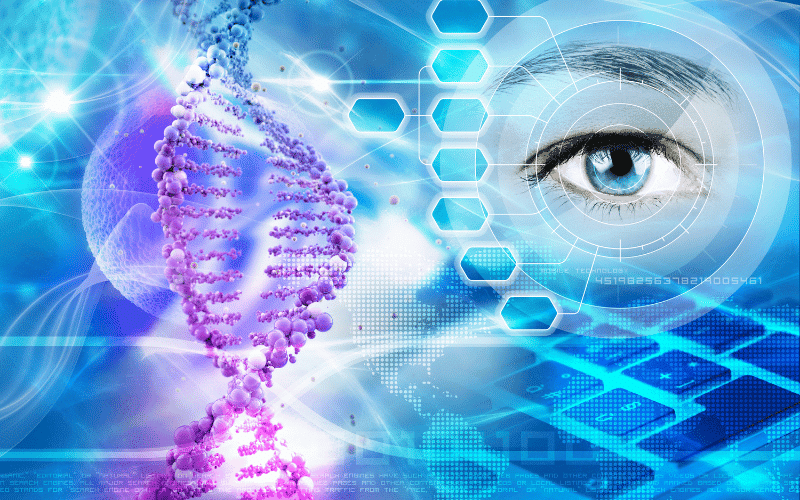Introduction: Decoding the Intricacies of ALS

Diving into the world of Lou Gehrig’s disease, known to many as Amyotrophic Lateral Sclerosis (ALS), or Motor Neurone Disease (MND), we find ourselves entangled in a complex interplay of causes and consequences. This intricate neurological disorder affects thousands of people worldwide, leaving a profound impact on those diagnosed and their families.
The scope of ALS is wide and its reach far. Its intricacies lie not only in its symptomatic presentation but also in the factors contributing to its onset. However, ALS is not an impassable maze. By deciphering its complex coding, we can pave the way to better understanding and treatment.
This article will unravel the top ten causes of ALS. Each cause represents a piece of the complex puzzle that is this neurological disease. We will probe into the heart of ALS, from genetic determinants to surprising environmental correlations, elucidating their role in the development of this condition.
In this exploration, we aim to provide an informative and engaging narrative on ALS. The information presented herein will delve beyond statistics, presenting the humanity interwoven with the science of this perplexing disease. As we embark on this journey together, we will uncover the contributing factors to ALS, paving the way to greater understanding and empathy for those battling this disease.
1. Genetic Blueprint: The Inherited ALS

The DNA we inherit from our parents serves as a blueprint for our bodies. It defines our characteristics, from our eye color to our predisposition to certain diseases. Approximately 10% of ALS cases, termed “familial ALS,” are due to specific genetic mutations passed down through generations.
These mutations can occur in various genes. One such mutation is in the SOD1 gene, which is responsible for producing an enzyme that protects the body from damage caused by superoxide, a toxic free radical produced within cells. When this gene is mutated, the protective function is compromised, leading to neuron damage.
Another significant mutation occurs in the C9orf72 gene. This mutation leads to the production of abnormal proteins that accumulate in neurons, leading to their dysfunction and eventual death. A third key mutation is in the TDP-43 gene, which codes for a protein integral to normal cell function. When this gene is mutated, the protein forms clumps within nerve cells, disrupting their function.
The contribution of these genetic mutations to ALS development underscores the vital role genetics plays in health and disease. Each mutation offers valuable insight into the complex pathogenesis of ALS, providing potential avenues for therapeutic intervention.
Yet, familial ALS represents only a fraction of total cases. The majority of ALS cases, termed “sporadic ALS,” occur seemingly at random, with no clear familial link. This leads us to explore the remaining causes on our list, which delve into the environmental and lifestyle factors that potentially contribute to ALS development. (1)